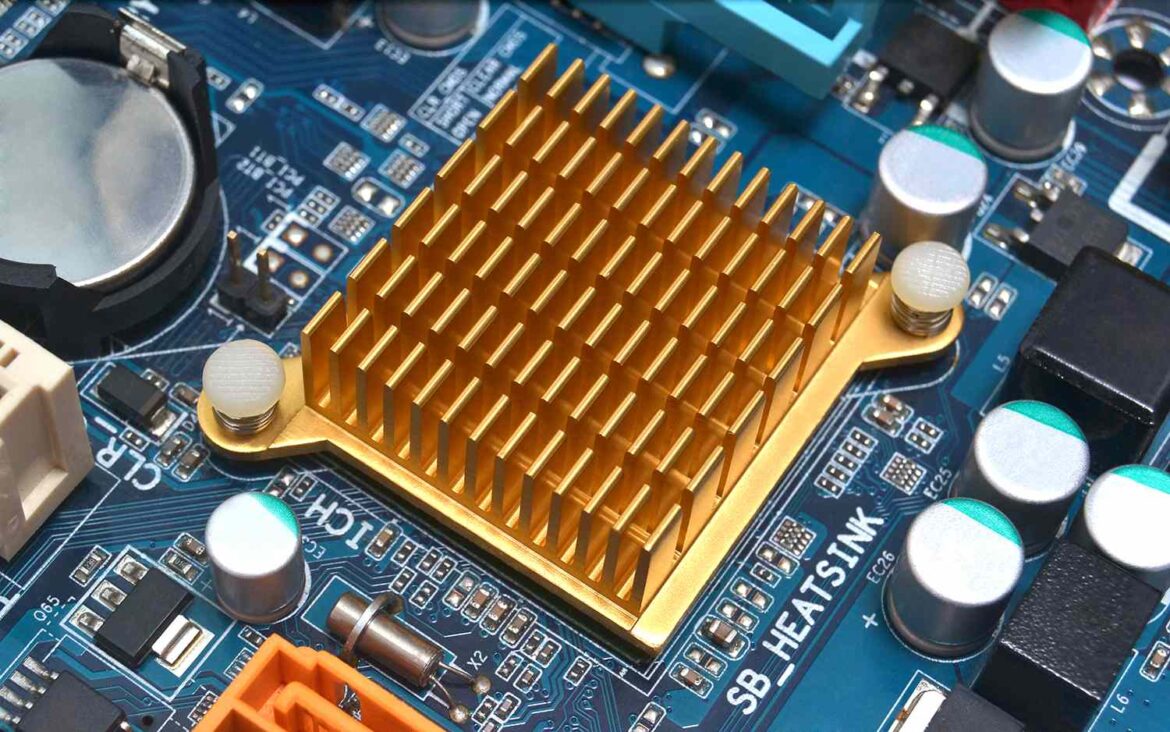A CPU heat sink is an essential part of the cooling system for computers and is responsible for maintaining the processor’s temperature. The main job of the heat sink is to remove heat from the CPU so that the system can run at its best temperature without overheating. The performance of a CPU heat sink, however, can be impacted by a variety of environmental factors, which can result in inadequate cooling and potential computer damage. We will examine some of the key environmental aspects that have a significant impact on CPU heat sink function in this article.
Altitude
The functioning of the CPU heat sink can also be affected by altitude. Air pressure and density are lower and less dense at higher altitudes. Higher CPU temperatures could result from the heat sink’s inability to dissipate heat effectively. Places located more than 3000 meters above sea level will notice this effect more than others. You must make sure that your cooling system is built to function efficiently in high-altitude environments if you reside or work there.
Ambient Temperature
The capacity of the heat sink to cool the computer depends significantly on the ambient temperature of the space in which it is being used. Higher room temperatures decrease the CPU’s ability to dissipate heat, reducing the efficiency of the cooling system. The function of the heat sink can be further hampered by the moisture in the air, which is why this effect is more pronounced in poorly ventilated rooms or areas with high humidity levels. Between 20 and 25 degrees Celsius is the ideal temperature range for a computer room because it allows the heat sink to function most effectively.
Humidity
Humidity levels can also affect how well CPU heat sinks work because moisture can impair their performance. High humidity levels can cause condensation to build up on a heat sink’s fins, which lowers the heat sink’s capacity to dissipate heat. In humid or tropical settings, this effect is more pronounced. The performance of the heat sink can be less negatively impacted by humidity with the help of adequate ventilation and dehumidification.
Debris and Dust
One of the most frequent environmental factors that affect CPU heat sink performance is dust and debris accumulation. The heat sink’s capacity to dissipate heat can be diminished over time if dust builds up on its fins. This could cause the heat sink to lose efficiency, which would raise the CPU temperature and eventually cause system instability or failure. Regular cleaning of the heat sink and its surrounding areas is crucial to ensure optimal cooling performance and prevent damage to the computer.
Power Supply
The power supply for the computer can also influence the performance of the CPU heat sink. An inadequate power supply may prevent the heat sink from operating at its best, which can result in insufficient cooling. On the other hand, a high-quality power supply can give the heat sink consistent, steady power, ensuring that it functions properly. To ensure optimum performance, it’s critical to select a power supply that is compatible with the computer’s cooling system and other components.
Bottom Line
In conclusion, a variety of environmental factors may have an impact on the performance of the CPU heat sink, resulting in a reduction in cooling ability and potential computer damage. When designing or maintaining a computer cooling system, it’s important to take into account factors like humidity, power supply, altitude, dust and debris, and temperature. You can increase the efficiency of your CPU heat sink and lengthen the lifespan of your computer by making sure that these factors are taken into consideration.
